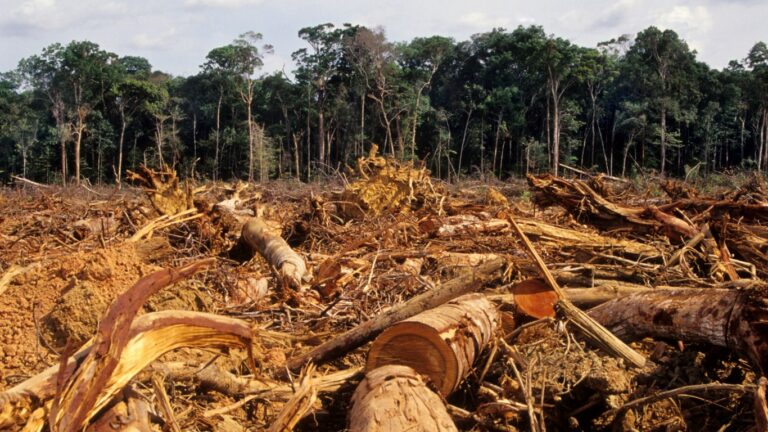Less Than 10% Of Global Plastics Come From Recycling.

A new paper run in Communications Earth & Environment titled “Complexities of the global plastics supply chain revealed in a trade-linked material flow analysis,” shows that “Globally, 436.66 million tonnes (Mt) of plastics were traded in 2022, with final products alone accounting for 111 Mt.” Additionally, “Furthermore, there is a significant shift in waste disposal: incineration is emerging as a prominent waste disposal method (34%), landfill is decreasing substantially (40%), while the global recycling rate remained stagnant (9%).”
The researchers said this growing plastics problem risks the environment and the global economy. Just as important, much of the supply of plastics comes from dirty fuels, particularly crude oil and coal.
The Block Of Nations
So far, the world’s nations have avoided setting plastic production and disposal rules. Close to 100 countries support some level of regulation, but this is not enough to support a global policy.
Plastics are a rapidly growing risk to the environment and human health. Microplastics have been found in humans and throughout the world. Recently, they were found over 10,000 feet below the ocean’s surface. They are also found in bottled water contained in plastics.
According to Harvard, “Although the variety of microplastics and the difficulty of estimating accumulation in human tissues make it challenging to pin down risks, findings in models show inflammation, cell death, lung and liver effects, changes in the gut microbiome, and altered lipid and hormone metabolism.”
It can also affect the human circulatory system.
The growing body of plastic use and disposal shows the danger to humans is rising rapidly.
Sponsor
Find a Vetted Financial Advisor
- Finding a fiduciary financial advisor doesn't have to be hard. SmartAsset's free tool matches you with up to 3 financial advisors that serve your area in 5 minutes.
- Each advisor has been vetted by SmartAsset and is held to a fiduciary standard to act in your best interests. Get on the path toward achieving your financial goals!
More from ClimateCrisis 247
- Did US And EU Break Climate Promises?
- US Forces Global Greenhouse Gases Higher
- Expensive Technology Creates Clean Water For The Poor
- U.S. Energy Official Calls 2050 Environment Goals A “Train Wreck”






